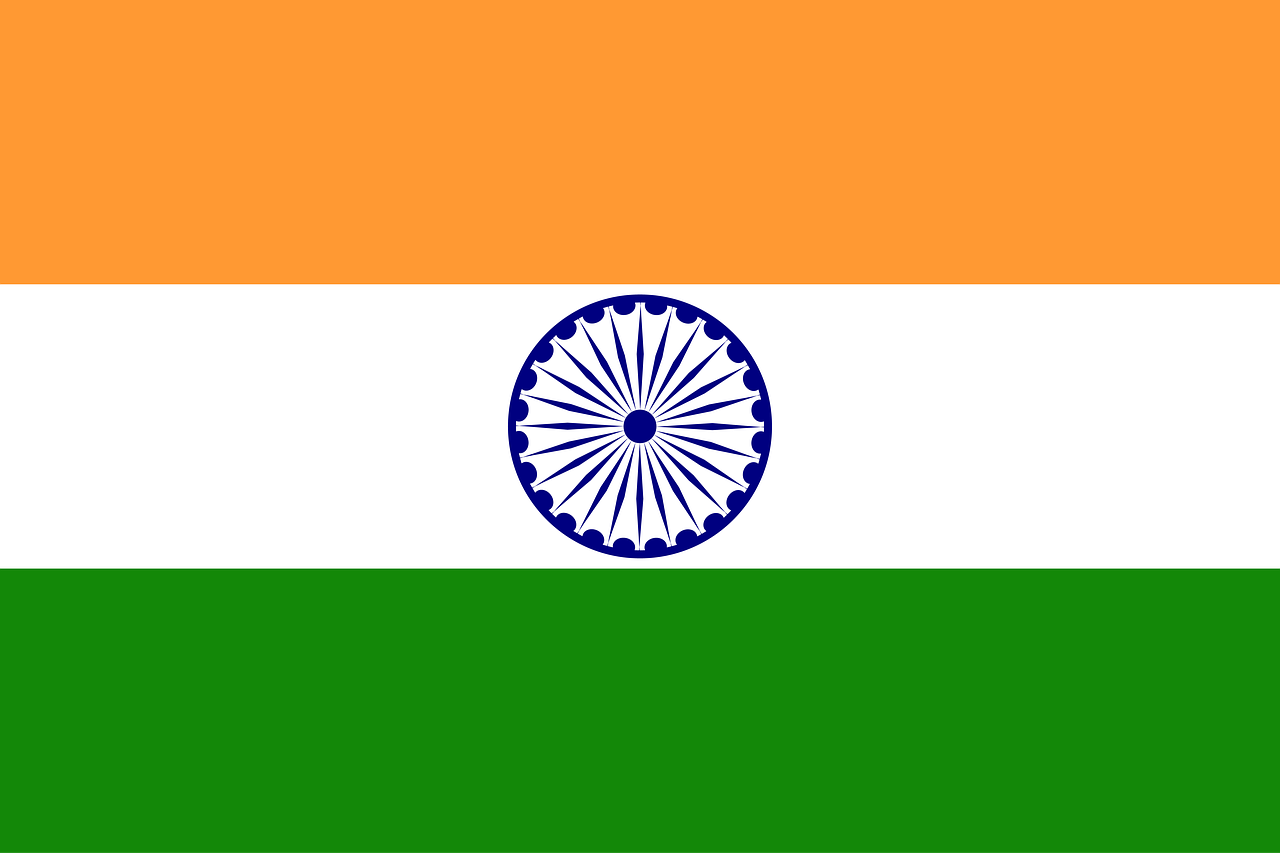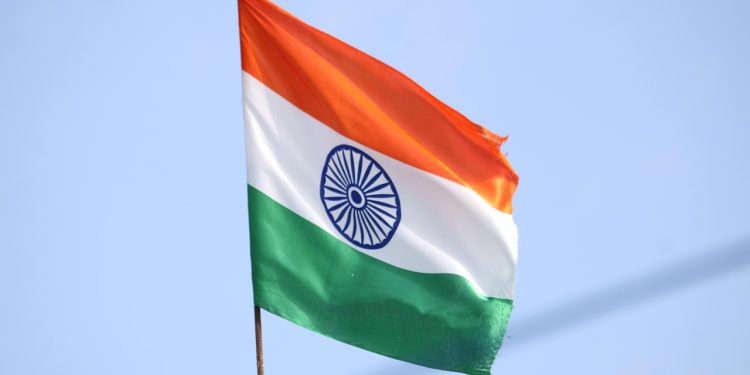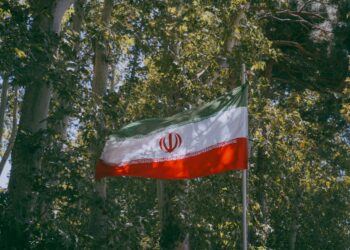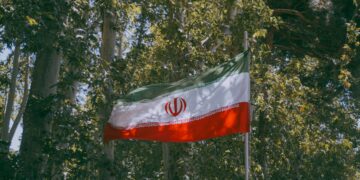In what can be said to be an act of profound strategic shortsightedness, U.S. President Donald Trump has chosen to torch the American relationship with India, a crucial partner in the global power balance. His public tirades on social media, falsely characterizing the trade relationship as a “one-sided disaster,” and the imposition of a punitive 50% tariff on Indian goods are not just economic blunders—they are a geopolitical gift to his rivals.
By punishing India for its vital energy security needs and pushing it away from the West, Trump is actively driving a democratic ally into the arms of China and Russia, a dangerous miscalculation with long-term consequences.

The Myth of the One-Sided Disaster
President Trump’s claim that the US does “very little business with India” is a demonstrably false premise that underpins a disastrous foreign policy. The reality, as pointed out by economic analysis, is a complex relationship that heavily benefits the United States.
While the U.S. does face a goods trade deficit with India, this is more than offset by a massive surplus in the services sector, including fees from U.S. tech giants, consulting firms, and the billions of dollars contributed by Indian students studying in the U.S. The narrative of a “one-sided disaster” ignores the complicated but lucrative reality of the US-India trade relationship, painting a distorted picture to justify a hostile and counterproductive tariff regime.
The recent tariffs, which include a 25% penalty for India’s continued purchase of Russian oil, are a thinly veiled attempt to coerce New Delhi into aligning with Washington’s foreign policy on Ukraine. However, India’s energy and defense ties with Russia are a matter of national interest, and the Indian government has consistently maintained its sovereign right to a multi-aligned foreign policy.
The spectacle of Prime Minister Narendra Modi shaking hands with Vladimir Putin and Chinese President Xi Jinping at the Shanghai Cooperation Organisation (SCO) summit sends a clear message: India will not be bullied.
A Path Forward: From Coercion to Cooperation
To reverse this alarming trend and salvage a crucial partnership, the Trump administration must abandon its transactional and antagonistic approach. The solution is not more tariffs but a return to genuine diplomatic engagement. First, the U.S. should immediately lift the punitive tariffs and re-engage in stalled trade talks based on mutual respect, not coercion.
Second, Washington must acknowledge and respect India’s strategic autonomy. Instead of demanding that India choose between the U.S. and Russia, the U.S. should work with New Delhi to find common ground on issues of shared interest.
Finally, the administration must stop making public threats and allow its State Department and other agencies to rebuild a relationship that is vital for countering Chinese influence in Asia. The alternative is a continued fracturing of the international order, a situation that only benefits America’s rivals.

















